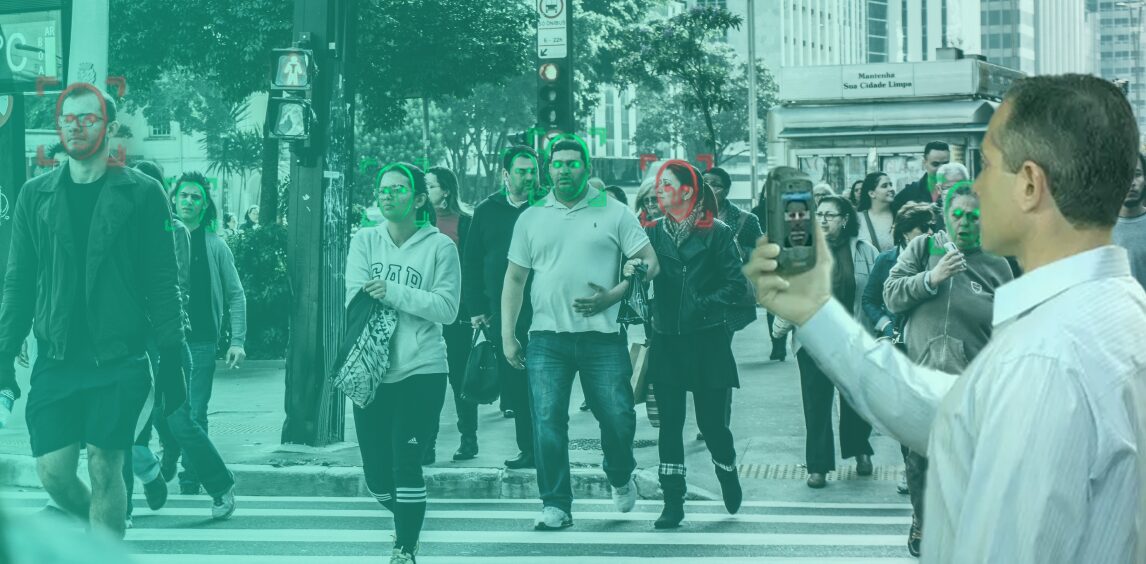-

Beyond Patch Management: The Hidden Danger of Network Scans
Police officers, during a blackout, often check if a neighborhood has regained power by spotting the faint glow of doorbells. This tiny beacon of light, even in an empty house, indicates the restoration of electricity. Similarly, criminals employ surprisingly simplistic methods to identify potential targets. For instance, car thieves casually traverse streets, subtly lifting car…
-

The Security and Financial Advantages of an Outsourced SOC
In a recent article, “Why Outsourcing Cybersecurity is Essential for SMBs,” we explored the difficulties SMBs face when securing their digital assets against cyber threats and briefly discussed the pros and cons of building an in-house security operations center (SOC) versus using an outsourced SOC. In this follow-up post, we’ll take a more practical and…
-

Why Outsourcing Cybersecurity is Essential for SMBs
According to a study at the University of Maryland (Security Magazine) in 2022, a cyber attack occurs every 39 seconds. With the exponential growth of the threat landscape, cybersecurity cannot be a part-time job. It is certainly not a side hustle. Whether you are a global corporate giant or a local SMB, cybersecurity is not…
-

Why a SOC Has Become a Top Requirement for Cyber Insurance
It seems that everyone is trying to identify the next bubble to take some type of advanced action to avoid it or take advantage of it. Many of us have lived through more than one. There was the IT bubble at the start of the century followed by the housing bubble in 2008. Bubbles are…
-

Utilizing SOC Infrastructure vs Managed EDR – an MSSP perspective
The constant headlines concerning the latest attacks on companies across the industry spectrum serve as constant reminders of the importance of cybersecurity. Digital transformation alone is not enough. You must secure that digital environment, and it’s something that even SMBs have come to realize all too well. Unfortunately, most SMBs lack the technology stack, talent,…
-

Dark Reading panel – The Next Generation SOC with CYREBRO CEO Nadav Arbel
SOCs are taking the center stage as the defenders of the network but many organizations don’t fully understand how to leverage a SOC, leaving them in the dark about the real value they provide. On March 24, CYREBRO’s CEO and founder Nadav Arbel sat together with Ryan Alban Sr. Manager of Global Solution Leads at…
Loading